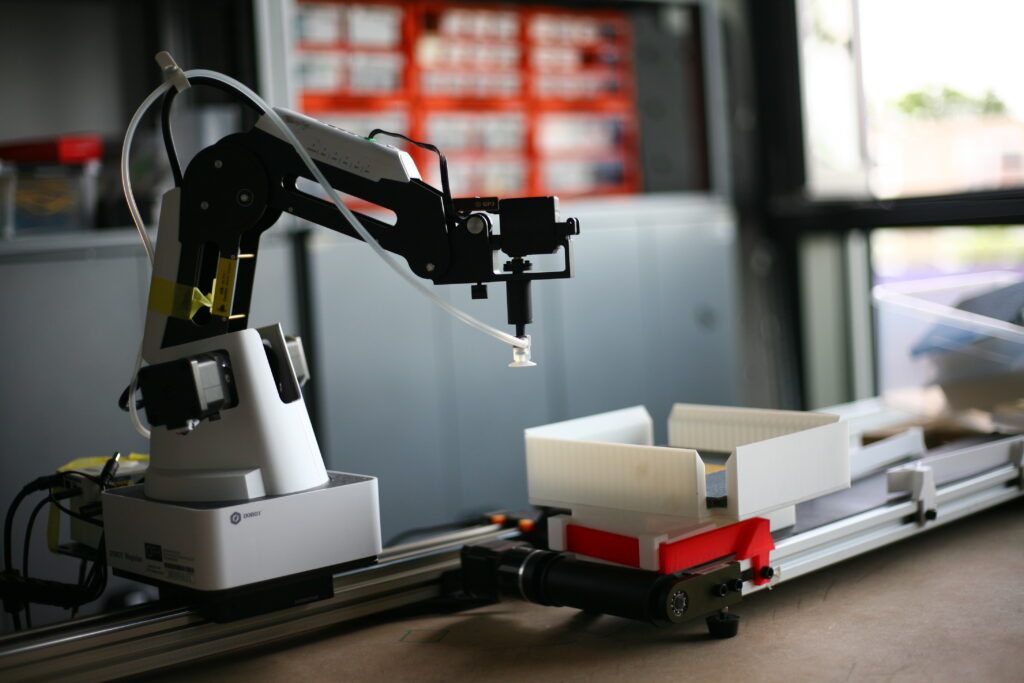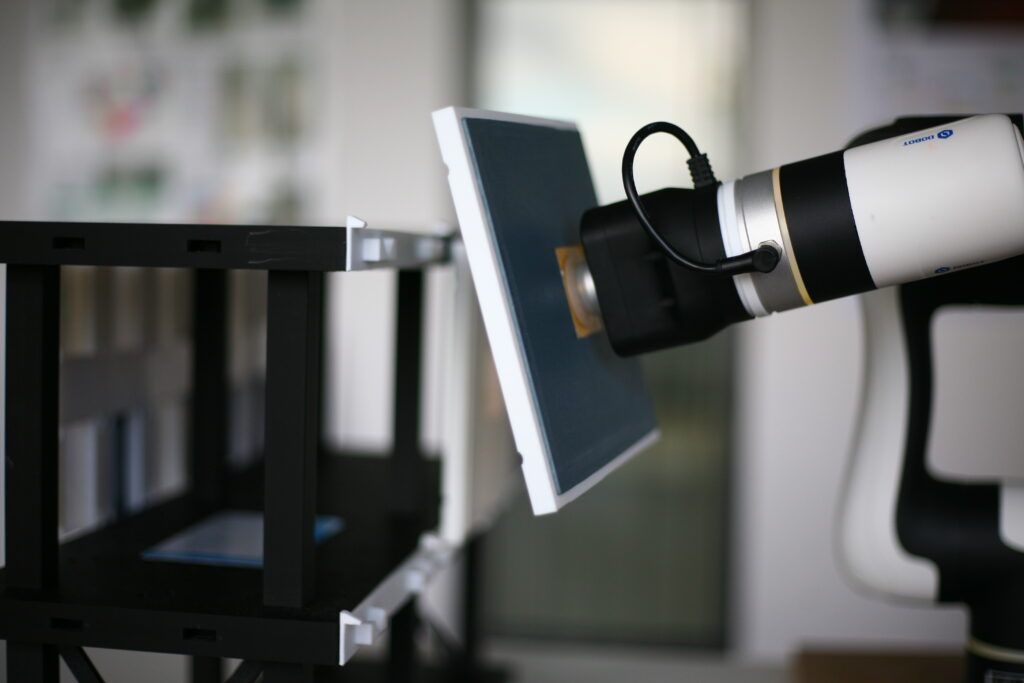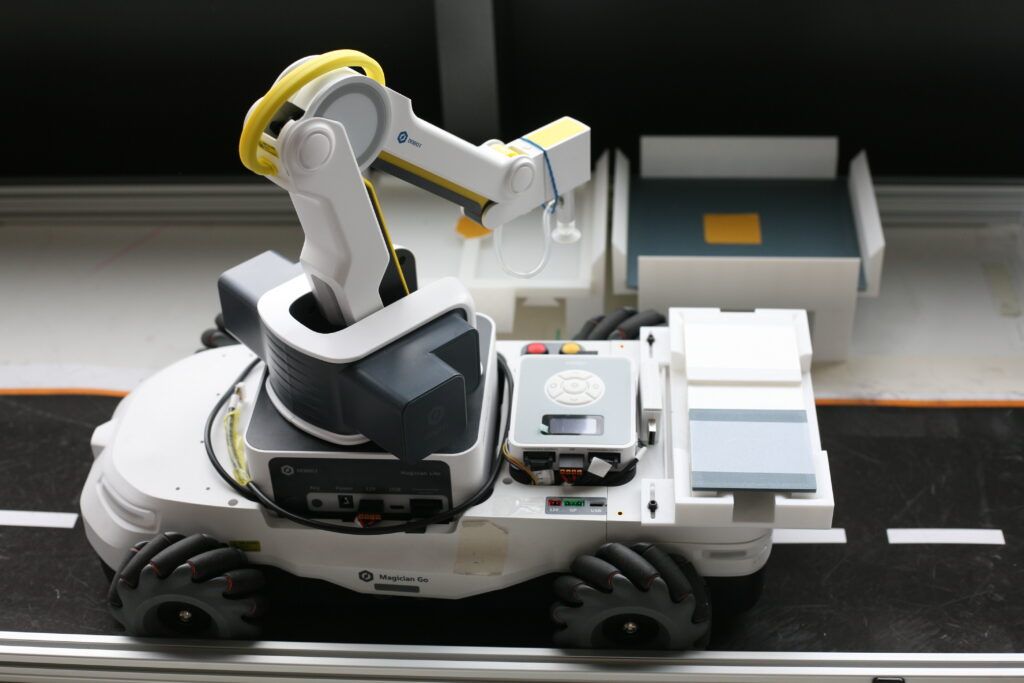The ENSNARE project is pioneering a new era in building renovation with its innovative façade system. A critical component of this ambitious endeavor is the exploration of automated assembly, and recent scale trials employing small robots offer a thrilling peek into the future of efficient and scalable façade installation. These trials, developed by the Building Lab at OTH Regensburg, compellingly demonstrate the fundamental viability of integrating robotic systems into the deployment of the ENSNARE façade.
Unveiling the Vision: The Concept Behind the Trials
At the heart of these trials was a clear objective: to assess the scalability of automated modular façade assembly. To achieve this, a 1:15 scaled model of a concrete frame building was brought to life through 3D printing. This model, chosen to represent typical office or multi-story residential buildings prevalent in Germany, served as the base on which the modules are to be mounted, allowing for the simulation of intricate assembly processes within a controlled and observable environment. The selection of a suitable and representative frame structure is particularly noteworthy, given the variety of German building types and their significant potential for automated renovation in them.

The Mini-Factory in Action: Setting Up the Robotic Assembly Line
This experimental arrangement included a mobile platform equipped with a 4-axis robot arm, a 4-axis robot mounted on a linear axis, and a precise 6-axis robot arm. Each robot was assigned a distinct role, collectively simulating the entire end-to-end assembly process. For instance, the mobile platform adeptly mimicked the transportation of components from a module supplier (represented by a 3D printer) to the designated working site. Meanwhile, the linear axis robot and a parallel conveyor belt worked in tandem to facilitate the assembly of the mainframes with the modules, and the 6-axis robot arm took on the crucial task of the final mounting of the completed façade frames onto the building model. To ensure realistic interaction, all robots were outfitted with suction cups, mirroring the functionality of existing systems for panel handling.
To ensure the practicality of the robotic assembly, the scaled parts were designed with a tolerance and slopes to allow for self-alignment of the parts. Connections were strategically angled to facilitate easier mounting. A clever tongue and groove connection was specifically engineered for the modules and frames, enabling assembly with minimal pressure.

The Road Ahead: Promising Results and Future Directions
The successful execution of this motion study unequivocally demonstrated the fundamental feasibility of an automated assembly process for the ENSNARE façade system. While acknowledging that the current setup operates at a lower Technology Readiness Level (TRL 3) due to necessary downscaling adaptations and simplifications, the results are overwhelmingly encouraging for future full-scale deployment. The study illuminated critical considerations for scaling up, including the imperative for robust robotic systems capable of handling the substantial weight and dimensions of actual façade frames, the need for specialized end effectors for accurate placement, and the development of sophisticated coordinated control systems to ensure precise component positioning.
Moreover, these trials provided invaluable insights into the inherent challenges of automated façade installation, particularly concerning the complexities introduced by excessive Degrees of Freedom (DoF) and spatial constraints such as limited reach. This understanding strongly suggests that future efforts might strategically focus on automating existing machinery rather than pursuing the development of overly engineered custom systems, a pragmatic approach that promises greater scalability and a more forward-looking path for effective automated installation.
These groundbreaking scale trials significantly contribute to ENSNARE’s broader objectives by showcasing the immense potential for increased speed, accuracy, and cost-effectiveness in façade system deployment, especially for buildings characterized by large and repetitive façade surfaces. The inherent synergy between the modularity of the ENSNARE system and the advanced capabilities of automated assembly promises a substantial competitive advantage for renovation projects across Europe.


